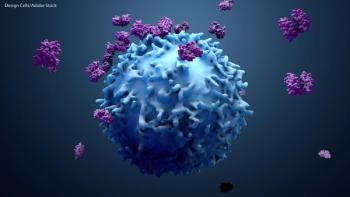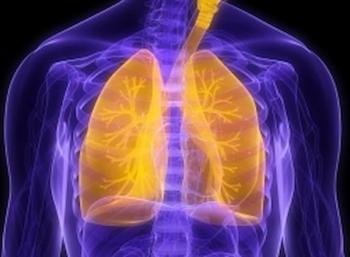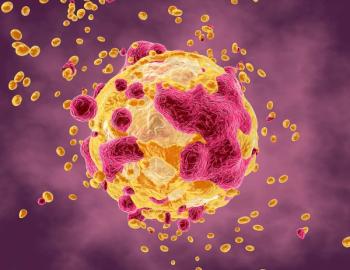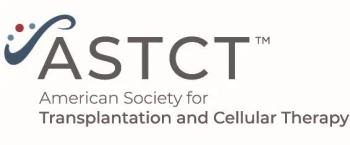
Oncology NEWS International
- Oncology NEWS International Vol 8 No 8
- Volume 8
- Issue 8
NCI Discovers Gene Variations From Existing Databases
BETHESDA, Md-Using new computer software to “mine” existing databases, National Cancer Institute (NCI) scientists have discovered 10,435 possible new variations in human genes. The so-called single nucleotide polymorphisms, or SNPs, must still be validated, but NCI said each of the variations met statistical confidence levels of 0.99%.
BETHESDA, MdUsing new computer software to mine existing databases, National Cancer Institute (NCI) scientists have discovered 10,435 possible new variations in human genes. The so-called single nucleotide polymorphisms, or SNPs, must still be validated, but NCI said each of the variations met statistical confidence levels of 0.99%.
SNPs are considered likely influences on how fast a cancer grows and how well it responds to treatment. However, finding and understanding the variations has posed a considerable technical challenge, one eased somewhat by the special software used by the NCI scientists, noted team leader Kenneth Buetow, PhD.
Information on the new SNPs is available free to researchers on the NCIs Cancer Genome Anatomy Project website (
Articles in this issue
about 16 years ago
False positives frequent in CT lung cancer screening trialover 26 years ago
Stereotactic Core Biopsy Establishes Many Prognostic Factorsover 26 years ago
Breast Cancer Prevention With Tamoxifen Appears Cost-Effectiveover 26 years ago
CPDR Unveils First Center Solely for Prostate Cancer Researchover 26 years ago
Going Beyond CHOP in Advanced Large-Cell Lymphomaover 26 years ago
Memorial Sloan-Kettering Opens Rockefeller Outpatient Pavilionover 26 years ago
Ernst Wynder, Pioneer in Preventive Medicineover 26 years ago
AHCPR Plans Health Care Market, Managed Care Research Centersover 26 years ago
NSAIDs May Protect Against Common GI Cancersover 26 years ago
Four Researchers Receive General Motors AwardsNewsletter
Stay up to date on recent advances in the multidisciplinary approach to cancer.


















































































